Description
dhuwarrwarr marika
Etching on Paper
25 x 50cm / Paper: Hahnemuhle
Year: 2016
ID: 4-16
Milngurr 2W
The Djang’kawu follow the morning star by canoe from their residence of Buralku, an island of ancestral dead. With them they carry dilly bags, mats and digging sticks that manifest into sacred objects through ritual of song and dance that starts on the sea of travel and into the sand dunes rimming the landing shores of Yalangbara.
From Yalangbara the Djang’kawu set out on their epic journey of eastern Arnhem Land, travelling on what they sanctified as Dhuwa land, singing the country and splitting it up into clan estates, designating sacred law (madayin) song, dance, totem, language to each as they went. Thus the one side of the duality that governs the Yolngu of Arnhem Land – the two moiety system of the Dhuwa and the Yirritja, emanated from Yalangbara.
Today on the sandy beach at Yalangbara freshwater is found. By digging at the right location the freshwater seeps through the sand pooling in the hole dug. Rirratjingu song cycles celebrate the Djang’kawu creating this well by plunging the sacred Mawalan (digging stick) into this area as they strode up the beach with their possessions to to the sand dunes further up. This well with water of sacred and special qualities called Milngurr.
These sisters gave birth to all Dhuwa clans starting here.
Affected by salt on their sea journey and the incursion of freshwater at Yalangbara, the mixing of the two was the catalyst for procreation. Today the tides of the sea and flow of freshwater are sung to explain and ensure the cycles of conception, birth and death of the Rirratjingu from their clan lands (Yalangbara) to relate specifically to the powers of the Djang’kawu and the land they affected for the Dhuwa.
Printed November 2009
FMP 2W
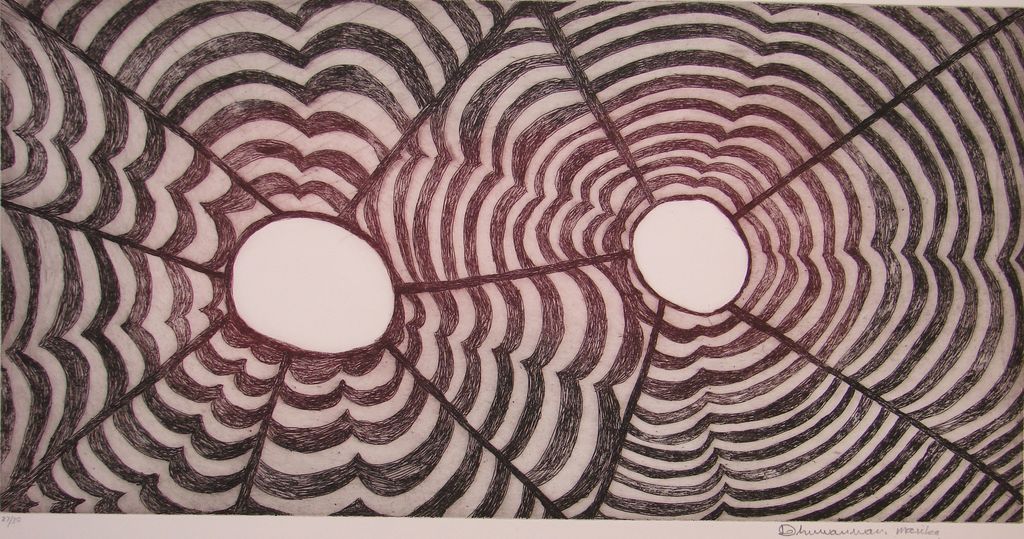
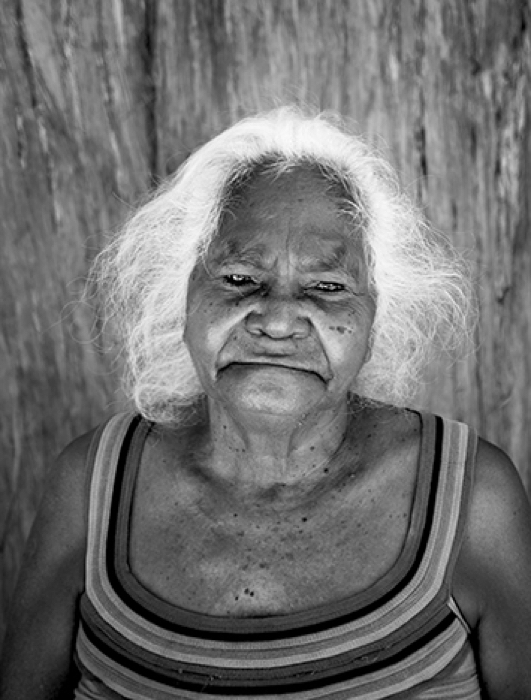
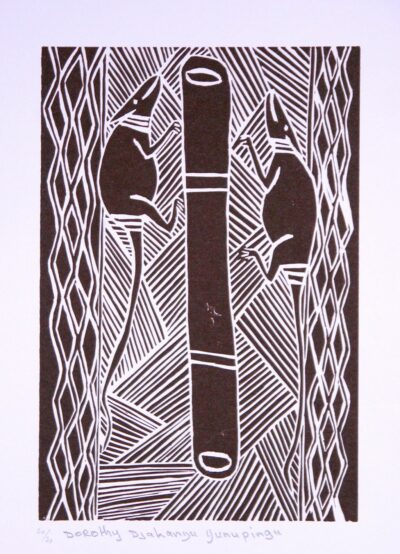
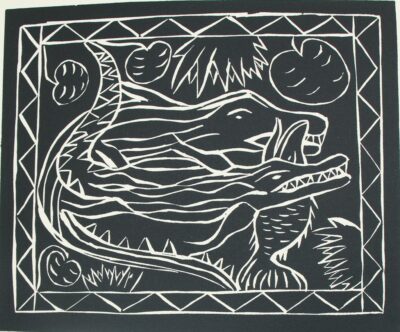
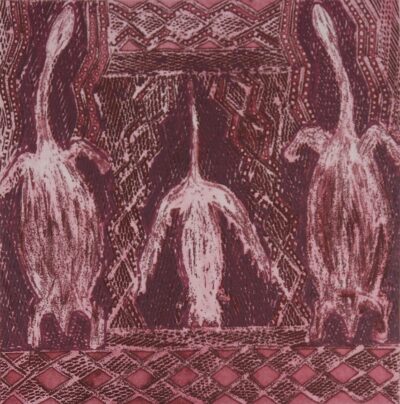
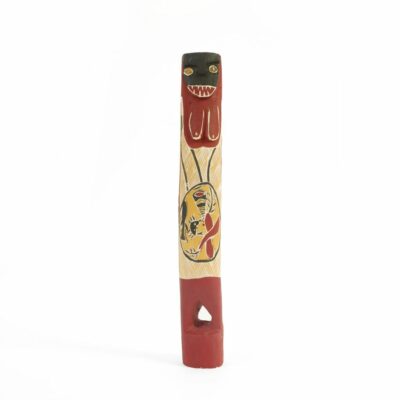
Reviews
There are no reviews yet.